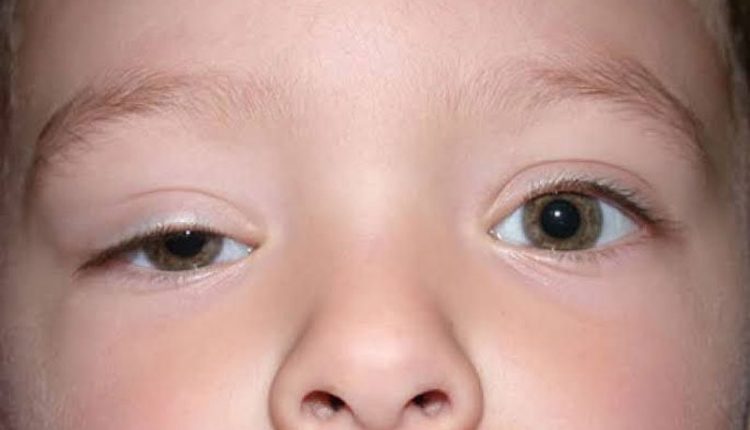Dr. Madhusmita Behera, Senior Consultant, Department of Cataract, Orbit and Oculoplastic Surgery, Rotary Techno Nethralaya
Droopy eyelids, medically known as ptosis or blepharoptosis, can affect one or both eyes in children. It is a condition that arises due to incomplete or faulty development of the eyelid muscle during pregnancy. As a result, the eyelid does not function properly, making the affected eye appear smaller. Early identification and treatment are crucial to avoid complications in vision development.
Ptosis occurs when the muscle responsible for lifting the eyelid does not develop correctly while the child is in the womb. The extent of the droop can vary, and it may or may not interfere with vision. For accurate diagnosis, a visit to an eye doctor is essential. Vision assessment in children can be done as early as six months, though it may not be entirely reliable. However, repeated assessments over time can help determine if the droopy eyelid is hindering the child’s vision development.
If the eyelid droops significantly, covering the cornea (the black part of the eye), it can obstruct vision development. In such cases, prompt medical intervention is needed. Conversely, if the droop is mild, observation may be sufficient until the child is old enough for surgical treatment or becomes cosmetically aware of the issue.
For mild ptosis, surgery can often be delayed until the child is mature enough to cope with the procedure. There is no specific age limit, and there is no need to rush into surgery unless vision development is threatened.
If the droop is severe and impairs vision, surgery is recommended as early as possible. Surgical techniques aim to lift the eyelid and promote normal vision development. The exact procedure will be determined after consultation with an eye specialist.
Contrary to popular belief, exercise and medication cannot correct ptosis. Surgical intervention is the only effective treatment for restoring eyelid function in children with significant drooping.
Following surgery, the eyelid is repositioned correctly, but it may not close fully while sleeping. Initially, lubricating eye drops are necessary to manage this, but most children adapt to the new condition over time. Another common observation post-surgery is that when the child looks down, the operated eye may appear larger than the normal one. This happens because the muscle in the eyelid is still abnormal, and the surgery forces the eyelid to stay lifted.
Though these challenges may seem concerning, they do not impact the child’s overall appearance or vision in a harmful way.

